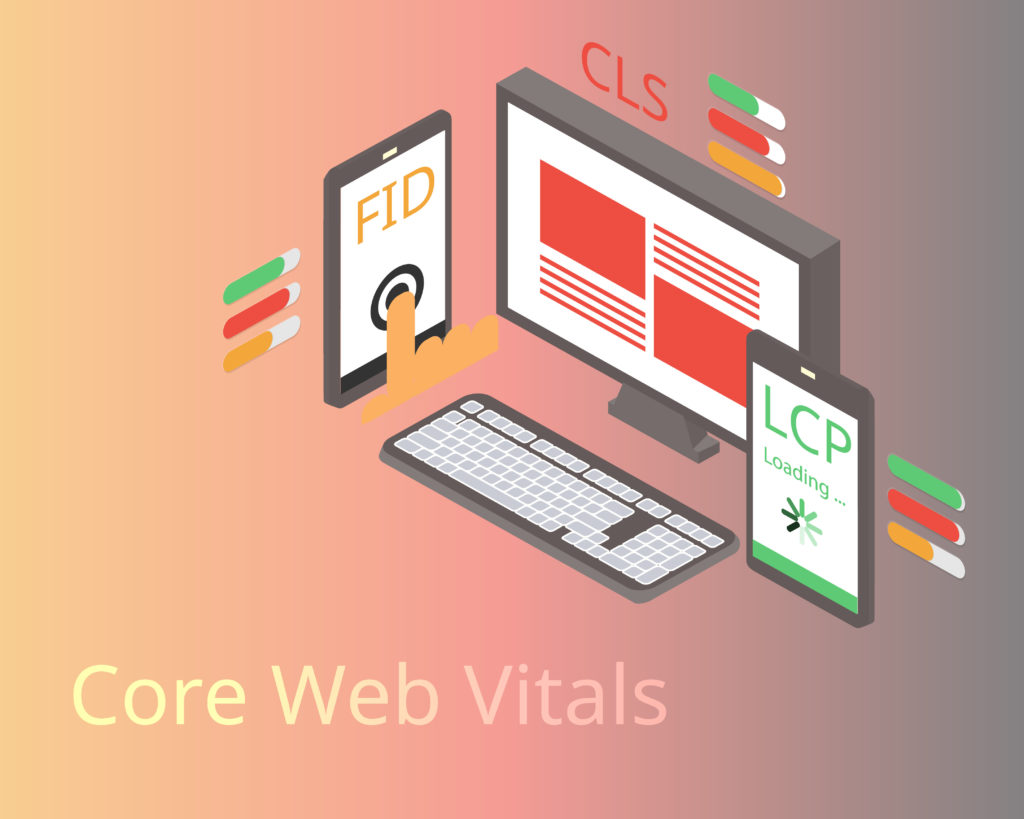We’ve had many clients come to us with their projects but have not been able to articulate them or structure them into a cohesive project. This isn’t their fault, being able to shrink down the whole scope of a project into a succinct document isn’t easy and can feel like climbing a mountain. Building a concise document that can help your chosen agency know what is needed and what the goals require an understanding of what you need to achieve and how much you want to have the agency flex its creative muscle. Getting a balance between the two is key.
We know that a lot of people will start with a Google search and this does yield some great results around how to build a digital agency brief and what to put in it. However, a lot of the results are checklist making the brief, almost, feel like an instruction manual instead of giving the agency a chance to show what they think (after all that is why you are looking to hire an agency in the first place, for another creative viewpoint). This is why we wanted to put together a guide on how to create a strong and effective brief, that ensures that you give enough information and direction for the agency to understand the project.
So… where to start?
1. Think about the end goal…
This is s simple one but, to be honest, extremely difficult to pull off. When you start out writing your brief you will have your objectives set very clearly in your head or on the internal document, but when it comes to creating the brief for an outside agency it can turn very quickly into a list of specific tasks instead of goals that need to be satisfied by the project. While we can understand the drive to provide concise points for the agency, this restricts them and doesn’t allow them to think creatively about the project, or provide different ways of achieving an objective that could work better.
A better way to approach it is to provide the agency with your business goals or specifically what you want your new project to achieve for your business. This takes a lot of the ‘leg-work’ from you and gives it to the agency who can more effectively understand what you are aiming to do and how this will impact your business. For example, giving one of our digital marketing consultants a goal of improving conversion rates on your website by 25%, enables them to create a strategic plan that focuses on the goal to be achieved instead of pushing them down a direction that might not actually get the result you want.
Don’t let go…
It is very easy for clients to hand over the project wholesale to an agency believing that they have the knowledge and skills to deliver a perfectly tuned project. While they will have much more knowledge than you within their chosen discipline, they don’t know your company or product as well as you do. Therefore, it is extremely important that while you let the agency utilise their skills to achieve the goals of your project, you keep your hand on the wheel to ensure that your brief’s goals are met.
If there is relevant information that you feel the agency can use in their creative process include it in your brief. If you have technical data that needs to be considered within the project scope make sure that it is included and highlighted with the brief so the agency has no surprises and nor do you. The more background information that an agency has the better they can understand your company and deliver a digital project that meets your requirements.
Think about your budgets…
Not providing a budget when it comes to providing prospecting agencies with a brief is one of the biggest causes of problems both for the agency to understand the scope of the project but also if there are unexpected issues during the course of the project. By establishing a budget you provide the agency with a clear idea of how big and in-depth their solution needs to be, it also gives you more control over the project.
If you aren’t sure what a good budget is for your project, start by asking yourself and your team how quickly the investment needs to make a return based on what you are using the end-solution for. How you will be making back the investment and if it is a saleable solution what you are pricing at? If you still aren’t sure, you can start by engaging an agency in an explorative venture to flesh out the details to get a stronger indication of the likely cost of the project.
Set realistic deadlines…
Setting a hard deadline for a project on paper sounds like a great way of keeping everything on track. However, these deadlines normally don’t account for issues or complications that happen during the process and can leave the project either being rushed to reach the deadline or not meeting it at all.
Instead, when creating your project brief lay the project out and set different deadlines around the project. If you have a product launch on a certain date set two key milestone deadlines beforehand to ensure that the project is on target. Alternatively, set a soft launch point for which is more flexible and can be moved forwards if the project is completed quicker. With a lot of digital projects, you can agree with your agency a minimum viable product (a set number of features that the product needs to have to release), by reducing the number of features that need to go live at the same point this will help to make the project flow better and avoid costly complications.
Getting started on your brief…
Hopefully, the above has given you a good place to start. Building an effective agency brief is a marathon, not a sprint (no pun intended), make sure that you focus on what you want to achieve with clear goals and relevant details, but give the pitching agencies room to show you want they can do and how they can do it.
What are Core Web Vitals?
In May 2020, Google announced that they were introducing a set of new metrics that were designed to quantify user’s experiences on websites. The idea was to give developers and webmasters insight into how their website’s experience impacted their users and create a benchmark that could be used to optimise website performance. These new metrics,…
How to write an agency brief
We’ve had many clients come to us with their projects but have not been able to articulate them or structure them into a cohesive project. This isn’t their fault, being able to shrink down the whole scope of a project into a succinct document isn’t easy and can feel like climbing a mountain. Building a…


